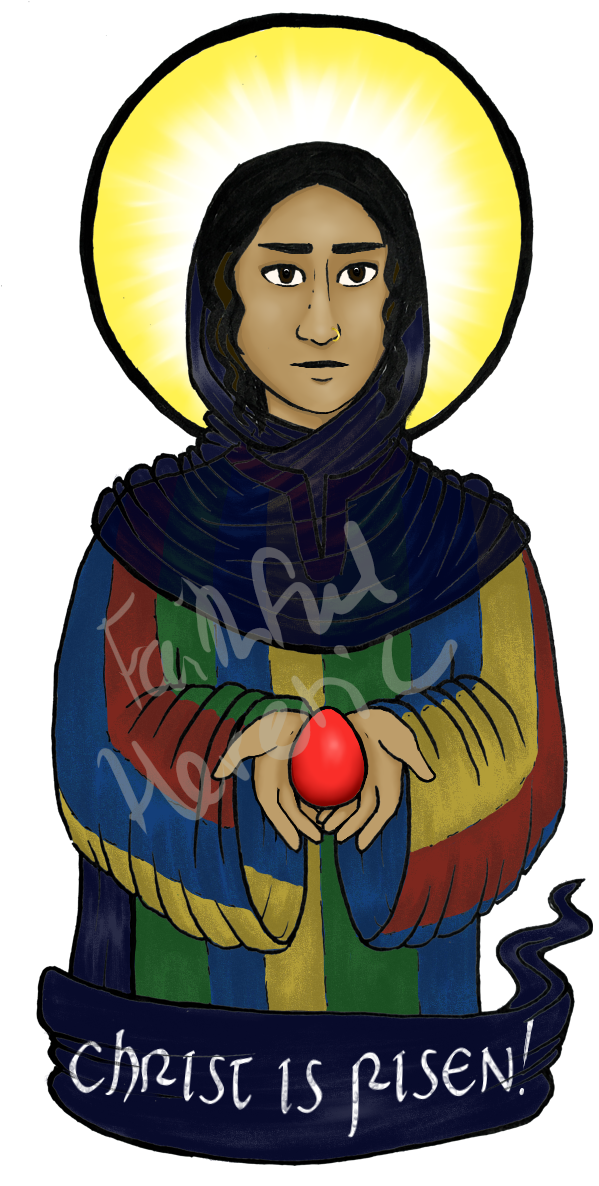Saint Mary Magdalene
1st century, Roman Judea
Feast Day: July 22

Background:
Mary Magdalene was Jesus' most loyal friend and disciple, the one who refused to flee or abandon him after the crucifixion, the first to see him resurrected and the first to bring the news to the others, making her the "Apostle to the Apostles." She had been healed of seven demons, and supported his ministry materially. She traveled widely and is said to have died in southern France.
Men, of course, have interpreted her to suit their agendas. She's been interpreted as a prostitute (there's nothing wrong with that, but she wasn't), an especially heinous sinner (she wasn't), and/or Jesus' wife or lover (this interpretation is appealing to many people but it's just really problematic). Many legends surround her lost years, and her alleged wealth and beauty became the stuff of mythology in the Middle Ages. One of the pious legends of Mary Magdalene holds that she gained entrance to a banquet held by the Emperor Tiberius. She held up an egg and declared that Christ was risen, and the emperor laughed and said that it was more likely that the white egg would turn red. The egg immediately turned red, and Mary Magdalene proclaimed the Gospel to the imperial household. This is supposed to be the origin of painted/dyed Easter eggs.
I based my depiction of Mary Madgalene (loosely) on the watercolors of James Tissot, who created some of my favorite Bible illustrations. His Mary Magdalene wears a multicolored tunic and a fluttery black veil, which I alluded to in my icon.
Iconography
- "Christ is Risen!": Mary Magdalene, Apostle to the Apostles, announced Jesus' resurrection to the world.
- Red egg: a traditional element in Mary Magdalene's iconography, said to represent a miracle she performed in the presence of Caesar.